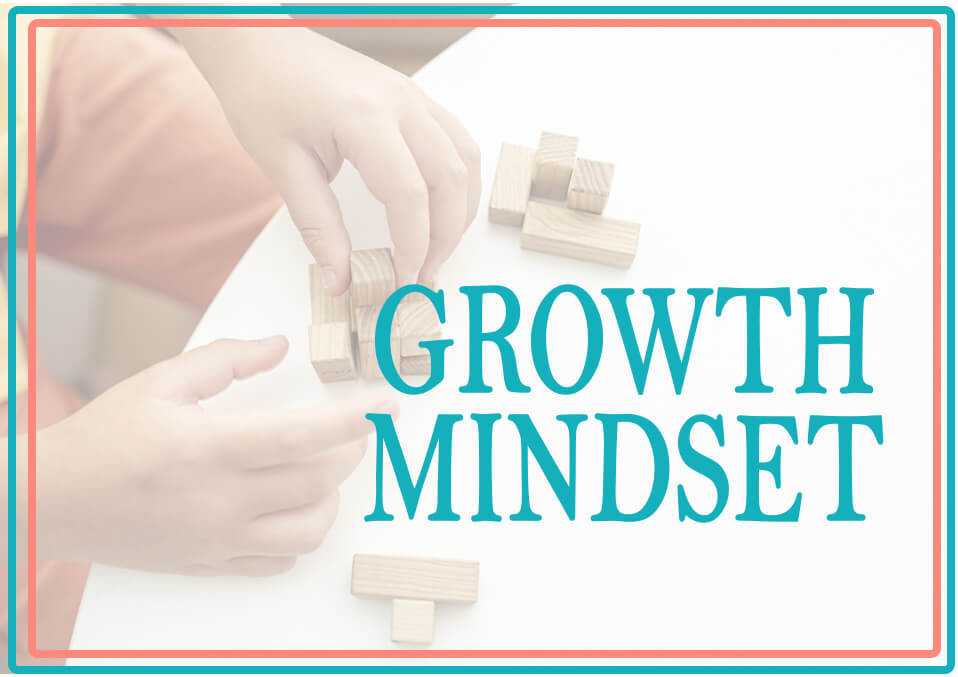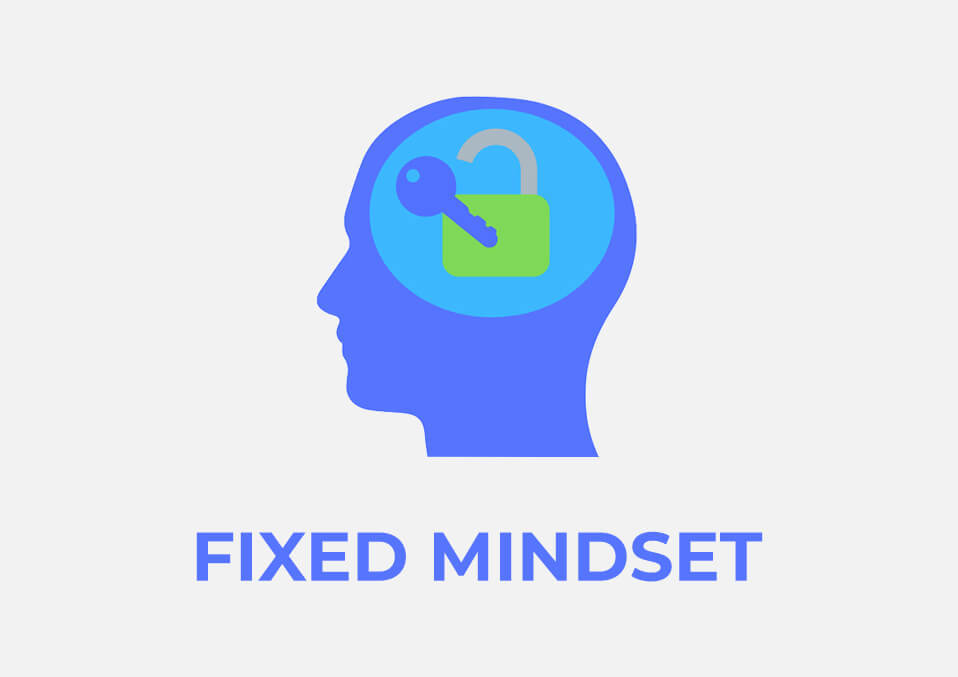
Dr. Carol Dweck’s research at Stanford University identified two different types of mindsets- a growth mindset and a fixed mindset. A growth mindset materializes when we maintain that our intelligence and abilities can be improved with effort and the right strategies.
Having a growth mindset means there is a willingness in confronting challenges, love for learning, and viewing failure as a chance to better one’s self. Maintaining a mindset like this is linked with a successful and happy life in the future.
A growth mindset is characterized by having inquisitive and critical minds, high emotional quotient, and a hunger for learning. Kids who have this mindset do not care for performance or appearance as this will only put pressure on them on thinking about how to excel all the time so they do away with challenging tasks. Kids with a growth mindset will always put the value in the learning process, not the outcome.
The opposite of a growth mindset is a fixed mindset. Understanding what it is, is essential in how you will be able to explain the growth mindset to your kids.

A fixed mindset is characterized by avoiding challenges, giving up easily on obstacles, does not value effort, does not like feedback, and being threatened by the success of others. This mindset believes that intelligence or talent that you have is fixed and cannot be developed. Some words or phrases usually get thrown around without knowing that it does not encourage growth such as “a natural-born singer” or “you’re no Picasso”.

In a growth mindset, you believe that problems or troubles can be solved. What matters is how you solve it- looking for the correct strategy and mapping out the pros and cons. You believe that skills can be taught and developed with hard work. On the contrary, a fixed mindset believes that their current capacity is their upper limit and cannot be developed. They do not have a positive perspective on failures or setbacks.
As parents, you might find it hard to explain the growth mindset to their kids since there is a science to how it came about. However, getting the gist of what it is can help parents in explaining what it is to their kids the best way you know. You can take cues from your kids how they would like to learn or in which way do they listen to you. There are different ways you could explain the growth mindset to them.
There are books you can have your kids read that exemplify a growth mindset. You can let them read, for example, Beautiful Oops! by Barney Saltzberg and go over the book with them. When you’re done, you can ask what your kids have learned and may relate the book to a growth mindset. In the book, it tells you that even mistakes are beautiful. It is for us to find the beauty in our mistakes and make something useful out of it.

If you would like to take a more practical approach, you can have activities for your kids to teach them about the growth mindset that will explain to them easier. For example, you can try their problem-solving skills through wooden puzzles. Aside from problem-solving, you can test their patience and dexterity in the process. When your child is done with the puzzle, you should explain why he or she had to do the puzzle. It’s also important to ask how he or she felt and what was running through her or his mind while doing the puzzles. That way, you will be able to ascertain if your kid fully understood the activity and what a growth mindset is.
You can try to use science as an approach, too. You can have simple experiments at home and try to study their mindset and action plans towards the tasks they have at hand. You can try making your lava lamp at home. Give a list of materials to your kids and let them gather these materials from different parts of the house. Give them instructions on how to do they can make it with the ingredients they have gathered. By the end of the experiment and based on their experience, have them write what they have learned and what they think of the experiment- including the process of gathering materials and putting all of them together.
As much as your kids’ reaction or understanding of activity is of utmost importance in making sure they understand and learn, your role as a parent is just as vital. Parents have a tendency of overdoing it when teaching their kids. They tend to be sometimes overbearing resulting in their kids withdrawing interest from learning. Parents should be patient in explaining what a growth mindset is. Some terms may be too complicated for them to understand so it is better if you break it down to words they could understand easily.
Another thing is to be mindful of your tone. Most parents have a very authoritative tone when they are teaching their kids. This is counterproductive. The goal of explaining the growth mindset to your kids is to encourage them to develop the same mindset and not have a fixed mindset. Kids also show interest in learning so much more when the environment is fun. So try to make it as fun as possible for them.
There are many ways to know if you have succeeded in making your kids understand the growth mindset thoroughly. First and the most telling is if they are not bothered by their mistakes or failures. Second, they welcome challenges and do not give up easily until they have overcome it by being patient and trying out different strategies. Next, they are not limited by what people think of them or see in them. They are also not affected by negative feedback. They see it as an opportunity to learn how better themselves. They are also braver and more of a risk-taker. They believe they can acquire and master new skills.
How you explain the growth mindset to your kids will factor in their disposition and how they will respond to the obstacles he or she will be facing later on in life.
Read also:
- How can Parents Encourage Good Behavior in Kids?
- Parenting 101: How Financial Issues Affect Your Kids?
- How can School Help Parents with their Kids Behavior


